Southport, Tasmania

A sleepy coastal village off the main road. In the early 1800's Southport was a convict station, bustling mill town and international port. Being Tasmania's second largest town at that time, it was proposed as the capital of the colony. Today, it is just a nice quiet spot to relax, go swimming, sail the calm waters of Southport Bay, walk on the beach or a little fishing.
Where is it?: 104 km south west of Hobart, in the Huon Valley.
Lunaris Gemstone Museum shop has a comprehensive display of fossils and agates fromthe local gem fields as well as minerals, rocks and fossils from around the world.
There is a monument on Southport Bluff (40 minute walk from the road) to the convict ship George III which was wrecked off the coast in 1835 with the loss of 94 passengers. It is said that the guards on the ship, fearful that the convicts would panic if the ship went down, shot indiscriminately into the ship's hold. This is supported by the peculiar death toll which saw 81 convicts lose their lives while only 13 passengers and crew were drowned.
Southport Probation Station
Southport convict Probation Station was built in 1841, 23 years before the township was founded. The southern most probation station, it was built right on the shore a few miles north of the whaling settlement of Recherche Bay. It was originally opened for procuring timber. Communication to the station was by water only, one could reach Hobart easily in fair winds in single day.
The station provided accommodation for about 500 men in the wards. Huts were built to accommodate 40 men each, the front of the station faced towards the sea, each hut was quite distinct but sleeping places are narrow in some wards. It had two mess rooms – one large and not in good repair, it has a floor of loose earth. The cook house and bake house were large and fair buildings made of wood with a brick wall around them. Three yards are quite distinct, one laid with good gravel and two with sand.
The solitary cells were not very well ventilated, but secure, their sidewalls carried forward to prevent communication between inmates. 30 additional cells nearly completed. The hospital was one large room, rather crowded and hot, and could take up to eleven men in it. The station had a very good Chapel divided by partitions, one part for officers and three divisions for the three distinct classes of prisoners. Books for circulating amongst men were kept in small room off the chapel. The resident Medical Officer visited the station at Port Esperance; an overseer who is Roman Catholic, read prayers to men of his creed, which was about one third of all prisoners.
When Governor Dennison visited the station in April 1848 he wrote of: "inspecting 130 of the greatest scoundrels in the world; young villains from sixteen to twenty-five years of age, and of the most incorrigible habits; they are sent down here to be as far as possible from the settled parts of the island. Eighty of these are in separate cells, but they are most difficult to manage; and I was obliged to hold out threats of enforcing the most severe system of separate confinement; and, in three or four instances, to carry out my threats” (Varieties of Vice Regal Life p 90.). Foundation traces of the original convict station can be seen at Kingfish Beach Road, Southport.
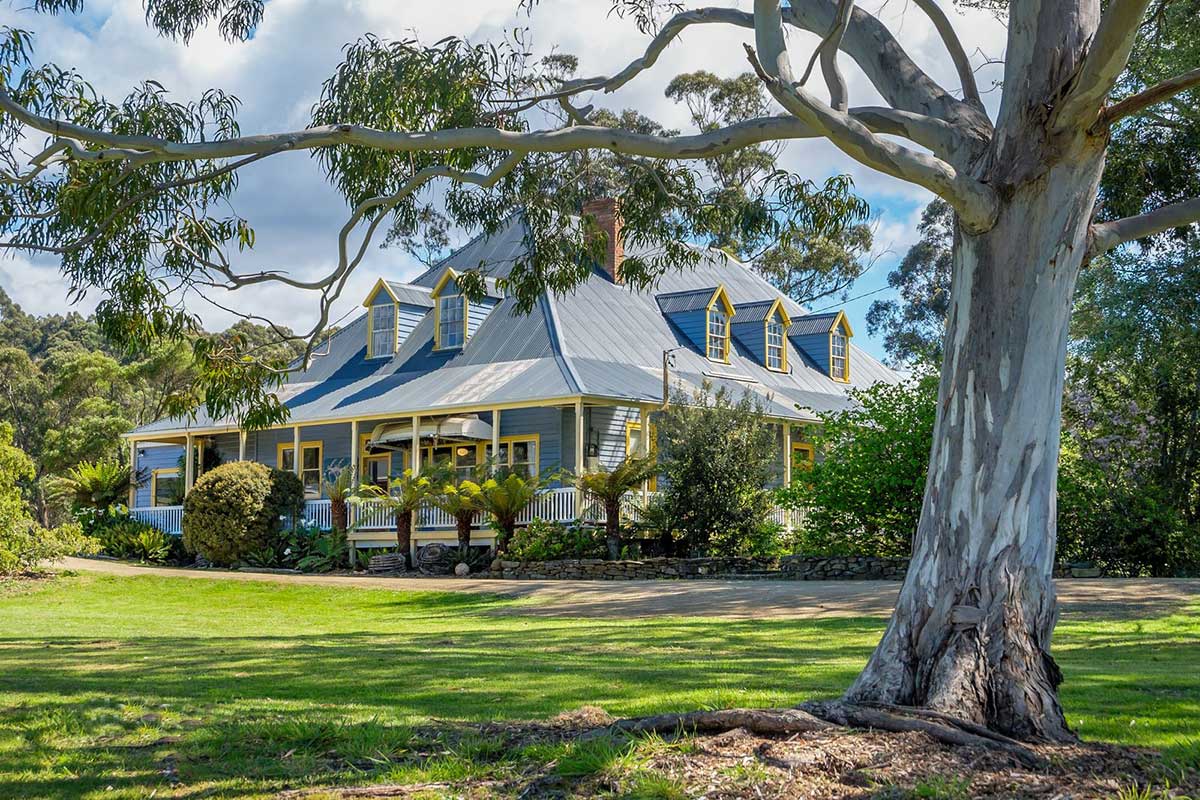
The Jetty House
Heritage Buildings
The Jetty House was bullt in 1876 for Joseph Graves, who built and operated a steam-driven timber mill in Southport. Until then timber was milled by convicts in pits. Now providing visitor accommodation, the Jetty House has six standard rooms with three bathrooms, accommodating up to 12 guests. The house is set in two and a half acres of lush gardens. Settlement Creek runs through the grounds and the property is located opposite Southport Beach. Location: The Big House (Jetty House), Huon Highway, Southport.
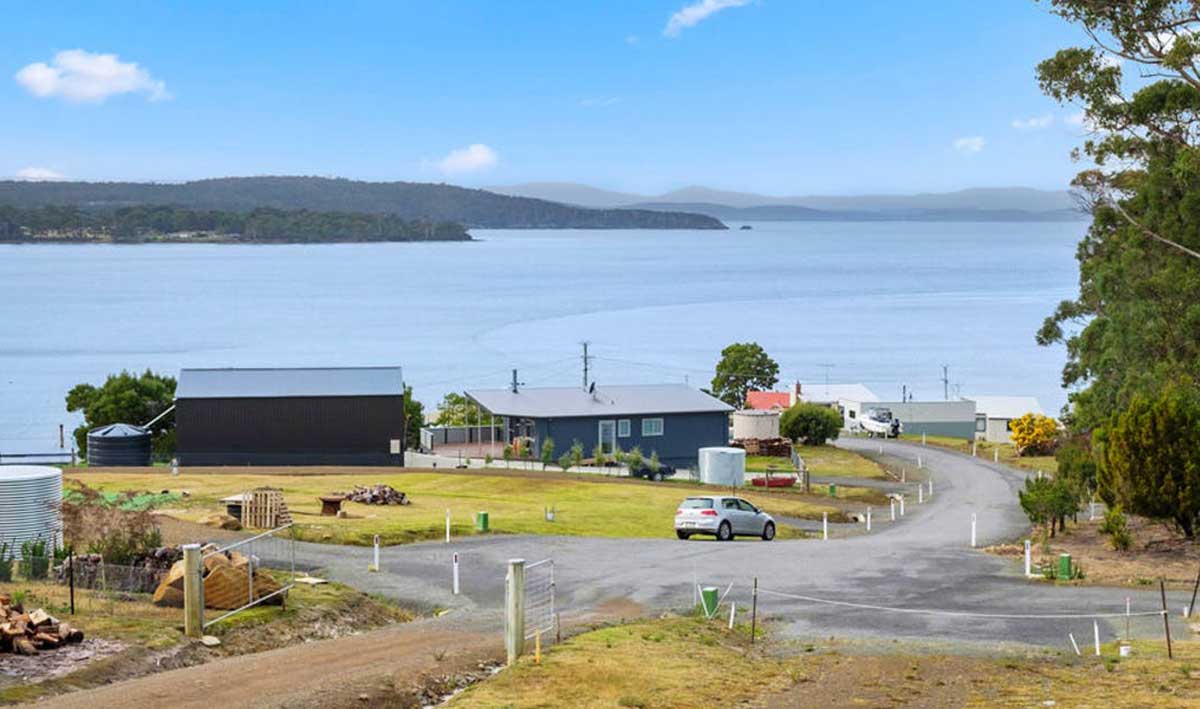
Whaling at Southport
The whaling potential of Tasmanian waters was recognised from the beginning or European colonisation in Tasmania in 1804. Whaling vessels operated in these waters from this time. In 1805 the first bay whaling station was established A number of factors impeded operations however, after 1824 the factors changed and the bay whaling industry grew rapidly.
Bay whaling was a distinctive part of the overall whaling industry and it developed and was refined in the period 1805-60. Prior to that time, open sea (pelagic) whaling from ships was dominant. The abundance of whales in coastal waters made a simpler form of whaling possible relying on shore-based operations. Small chaser boats were dispatched from shore to kill whales spotted from shore. The whale was then towed back to the shore station where it was cut up (flensed) and the oil extracted (trying out).
Bay whaling was undertaken along the south-east coast and this spread somewhat further north along the east coast and to the south coast. The industry peaked in 1837 when it generated earnings of over 135,000 pounds. The period 1850-80 saw a period of stability followed by decline as the number of catches fell as a result of overfishing. Stations were being abandoned from the late 1840s. The last station closed in the late 1870s.
Originally named Mussel Bay, Southport became one of the principal whaling venues in the state during the late 1830s. Exploitation had probably commenced as early as 1831 when Mr William Mawle sought to lease land there for whaling purposes. He was followed by Mr McLachlan in 1832, while the main bulk of the whalers under Kerr, Alexander & Company, Alexander Imlay and others, descended on Southport in the mid 1830s.
In 1838, rivalries led to land disputes between the two dominant parties in Southport Bay. Messrs McLachlan and Young accused Dr Imlay of erecting his boat slips on their land. A private surveyor contracted by the former party was followed by the Government surveyor, James Calder. Calder subsequently found in favour of McLachlan and Young. Imlay was warned off and had to re-erect some of his plant elsewhere.
That same year the public lawlessness of the whalers demanded more immediate government action. The law and order problem earned Southport the dubious distinction of being mentioned in colonial dispatches to Earl Grey in England. A Police Magistrate was appointed full time to the settlement specifically for the purpose of keeping in check the crew of the whalers and miscellaneous population employed in bay whaling. Each whaling station was required to pay a percentage of the magistrate's salary in addition to the accommodation of a number of constables throughout the area.
By the mid 1840s, the whalers had departed and the settlement was converted for use by the Crown as a convict probation station. With its abandonment in 1848, the Magistrate was removed and Southport remained lightly populated.
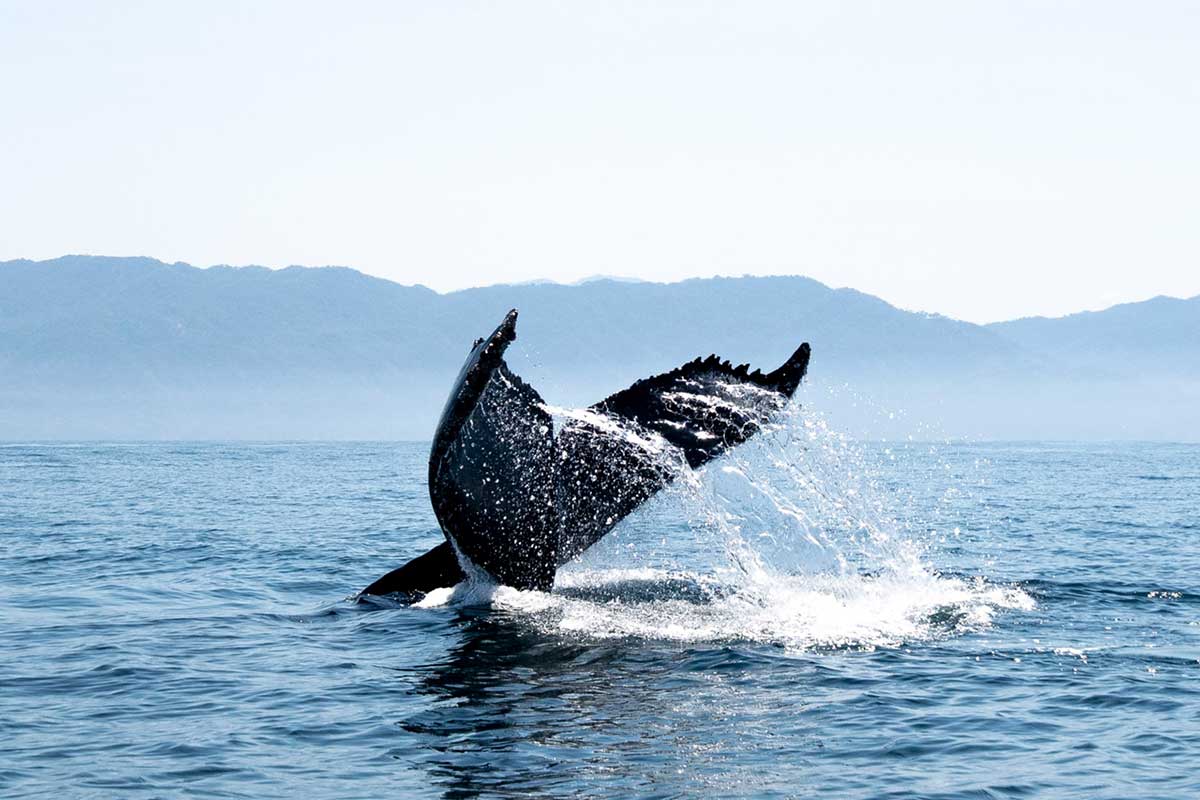
Imlay's Southport Whaling Station
In October 1837, Dr Alexander Imlay made application to lease a point of land for his proposed whaling station at Southport. The Crown subsequently modified his location and compelled him to move further south adjacent to the station run by McLachlan and Young. The new location to which Dr Imlay was granted a three year lease in February, 1838 consisted of, '...3 chains frontage adjoining and to the NW of the station at present occupied by Messrs Young and McLachlan and extending to a sandy bay'.
Imlay built slipways on the adjacent property, before a protracted wrangle with the adjacent station and the Crown compelled him to withdraw. At the same time Imlay also applied for another nearby station lease to the west of Kerr, Alexander & Company. This application was refused on the dual grounds that Askin Morrison had applied for this lease, and that Imlay already had a station. In November, 1843 another party (Mr Wahore?) made a request to lease a station at Southport formerly operated by Dr Imlay, indicating that the doctor had quit his lease.
The Imlay's Southport Whaling Station site, from about 1838-43, is a good and relatively intact example of such a shore station associated with the whaling industry. The integrity of the place is degraded by the collapse of buildings and loss of other features associated with the whaling station. However, as an archaeological site, the Imlay's Southport Whaling Station site displays moderate integrity and includes probably the best preserved try pot nest in Tasmania. Site location: About 3ha, approximately 4.5km south-east of Southport, comprising the area enclosed by a circle of radius 100m metres.
Surrounding Area

Hastings Caves
Hastings Caves State Reserve offers visitors a variety of from relaxing in the warm waters of a thermal springs pool, walking in the rich forests of the reserve and, of course, the unique experience of exploring Newdegate Cave on a guided tour.
Both the thermal pool and the trail which leads through the surrounding forests are accessible to wheelchair users. Named after Sir Francis Newdegate, the Governor of Tasmania from 1917-1920, Newdegate Cave is the largest tourist cave in Australia which occurs in dolomite, rather than limestone. Adamson's Falls and Adamson's Peak, the Mystery Creek Caves are accessed from Hastings.
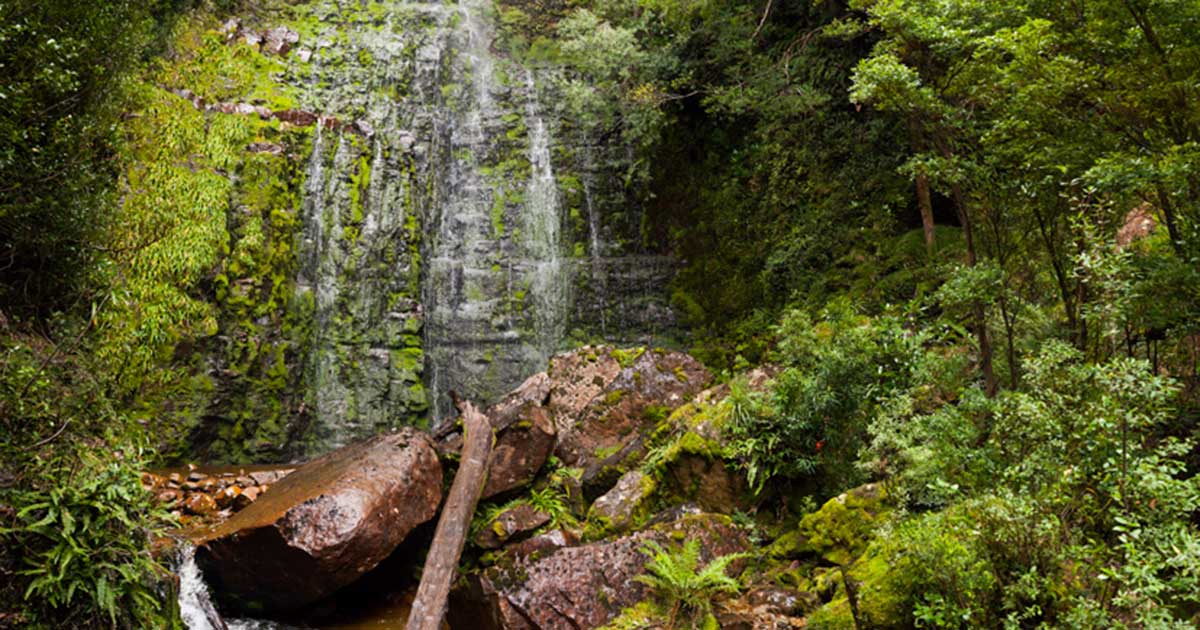
Adamsons Falls
Situated on the eastern edge of the Southwest National Park, Adamsons Falls is an attractive waterfall accessed via a 6km return trail. Aside from occasionally muddy patches the track is easily followed in its entirety and should take just over 2 hours to complete. The walk commences with an easy stroll through regrowth forests. The track is wide but littered with boggy sections. Gradually, the trail begins to climb and you weave your way through charming established rainforests.
Walking Track Notes
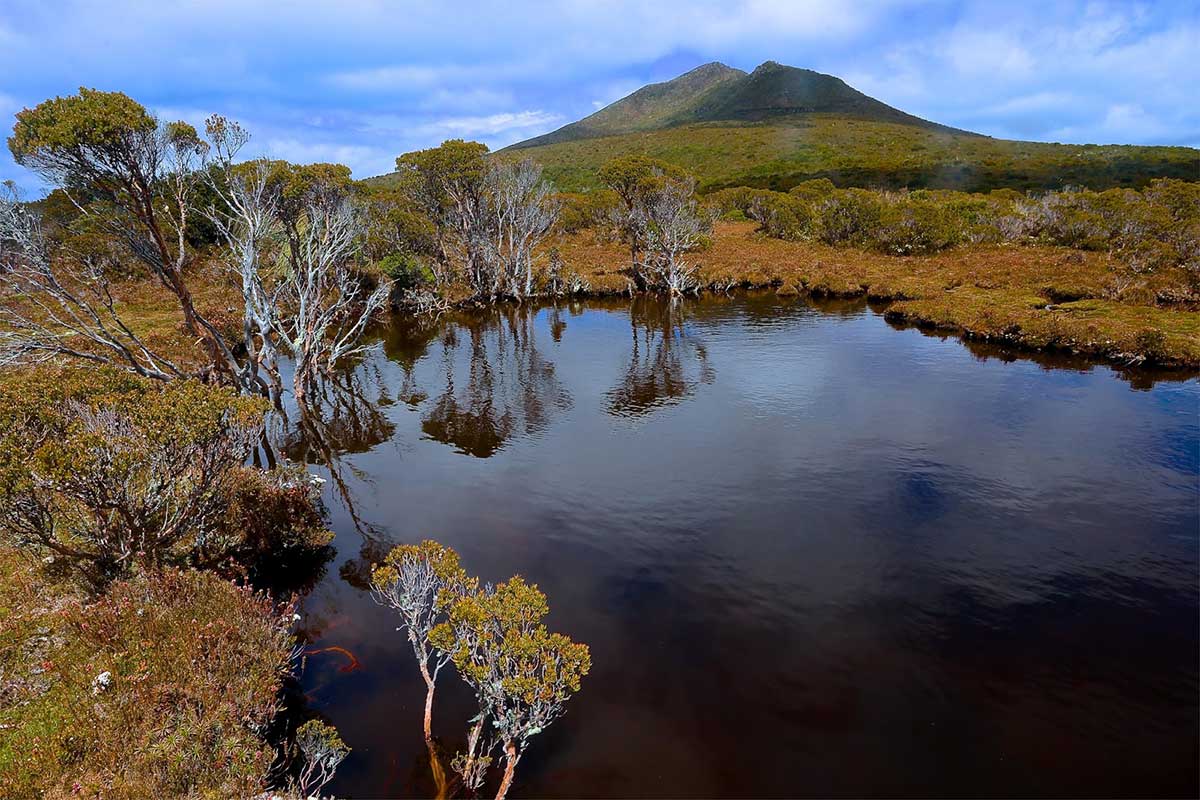
Adamsons Peak
Adamson's Peak is located in the Hartz Mountains National Park. With an elevation of 1,225 metres above sea level, it is the 55th highest mountain in Tasmania. The Peak is a prominent feature of the national park, and is a popular venue with bushwalkers. The challenging hike to Adamsons Peak (15 km / 7–10 hours return) should only be tackled by experienced hikers in fine weather. The long climb to the top winds through tall forest and alpine moors. Your efforts are rewarded with incredible views of the Southern Ranges and Southport Lagoon. Please note, the walk from the plateau to the peak is not well marked and walkers should be prepared for sudden changes in weather.
Walking Track Notes
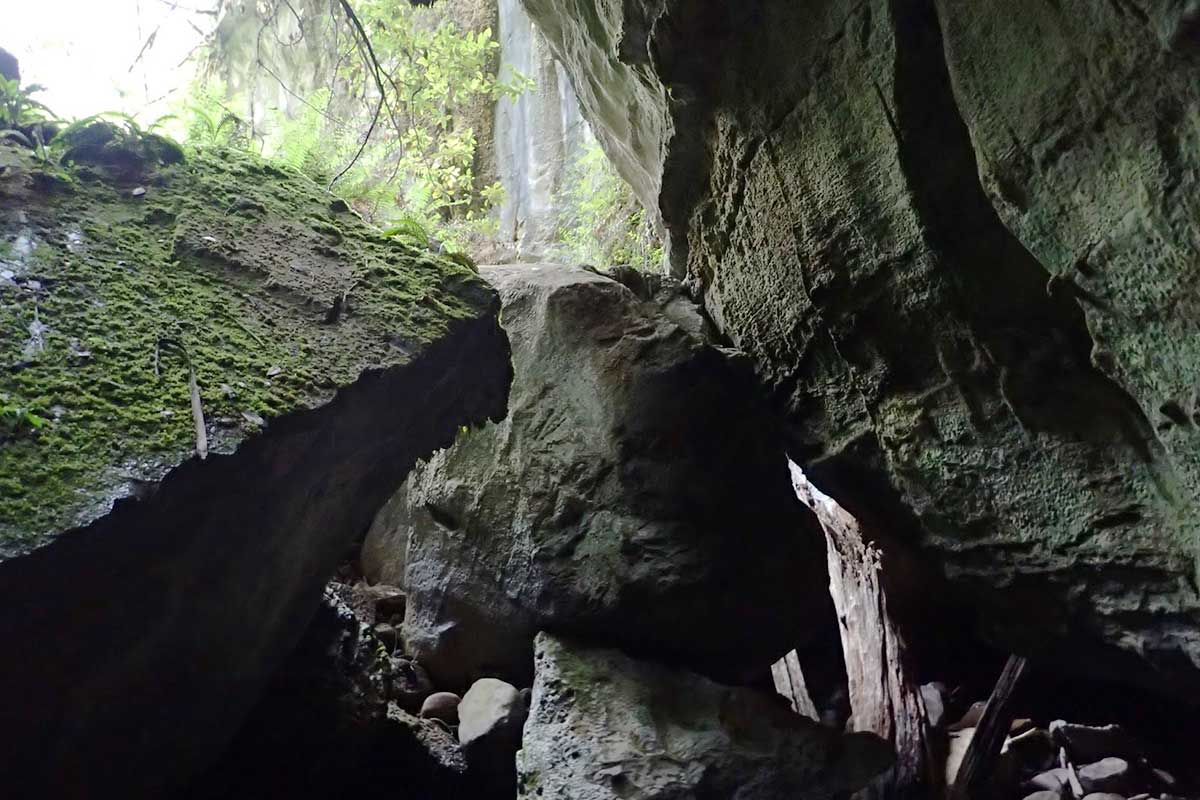
Mystery Creek Cave
The Mystery Creek Cave Track (4 km / 2 hours return) near Ida Bay is mostly flat and features mining and rail relics. The well-marked trail follows the route of an old tramway to the remains of a limestone quarry and onward to the entrance of the Mystery Creek Cave (home to glowworms). It is not recommended that walkers continue past the initial cave entrance without suitable caving experience and equipment, as it is prone to flash flooding.
Walking Track Notes

Moonlight Ridge
Moonlight Ridge to Mt La Perouse walk
Moonlight Ridge to Mt La Perouse is a challenging three-day walk from Lune River. Moonlight Ridge traverses the Southern Ranges, and the scenery is spectacular. Enjoy stunning views of Federation Peak, Precipitous Bluff, the Hartz Mountains, South Cape, and the Southern Ocean. If you’re not keen on doing a multi-day walk, the walk up to Moonlight Ridge and back makes a great day walk.
Walking Track Notes
